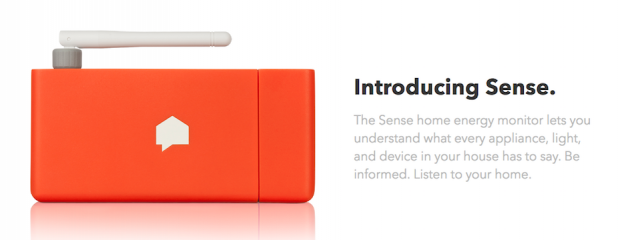Most of the people already know what virtual reality is and how virtual reality is used. As I have personally played a virtual reality game with the Oculus Rift, I would like to share my experience and provide some information.
First of all, virtual reality sounds cool and entertaining. At the same time, to engage in maximum experience, you need to be standing and moving during the game. This partly removes the relaxing part of playing a game, which is a disadvantage for some people. However, for most of the people this would be the reason to play a virtual reality game, which was exactly the reason I wanted to try the Oculus Rift. My first impression was that the idea of being in the actual game looks very weird because when you look down to your hands with the Oculus Rift on, you see your ‘virtual hands’. In my case, my hands looked like I had ‘fireball hands’. To make it even stranger, the first time you look around in the game, you get confused. Usually, when you turn to your left or right you expect to look away from the game you are playing. With the Oculus Rift on, you do not have the option to look away or chill for a minute. Instead, you have to take off your Oculus Rift. Nevertheless, I never would have thought that a game could be that realistic.
With the Oculus Rift, you get also two controllers in your hands. This makes it more like a console game, but when playing the game, you get used to it very easily. Once you are familiar with the controls, the real game starts. Whenever some object is thrown to you, you get the tendency to jump away or to move. Hence, this means that you need a big enough ‘playground’ to play in virtual reality. This is at the same time also a disadvantage of virtual reality. To maximize the experience, a large playground is needed to move freely. Especially when playing with the Oculus Rift on, you lose control over the external environment, which means that you are isolated within the game and forget that you only have limited space. However, this isolation provides you the optimal gaming experience as every sound sounds realistic and every movement you make is translated into the game. More importantly, when you try to throw a fireball, you actually have make the movements with your hands, which is far more dynamic than just pressing a button on your (PlayStation/Xbox) console. Briefly described, the Oculus Rift provides you an environment in which you are actually absorbed and totally focused on playing. It allows you to forget your ‘real environment’ and provides a dynamic and active gaming experience.
Nonetheless, this gaming experience comes at a high price. To use the maximum capacity of the Oculus Rift, you also need to have the controllers, which are sold separately. In addition, a high-end PC is needed to run the games fluently. These two factors partly explain why the virtual reality gaming business is not successful at the moment. Although the concept is promising, the needed investments are too high. For example, Best Buy had to close several stores which provided Oculus Rift demos because the requests for these demos declined and only a few headsets were sold. Personally, I can see why the sales are low. Not only do you need the headset and controllers, but you also need to buy a high-end PC that is able to run the games fluently. Therefore, the popularity of virtual reality gaming will increase after the prices of both the PCs and the Oculus Rift decrease.
All with all, the gaming experience of Oculus Rift is outstanding. However, with the outstanding experience there is also an outstanding price associated. Additionally, the way of gaming changes from passive gaming to active gaming. As a result, the relaxing element of gaming becomes more like a fitness exercise. My question to you is, considering that the relaxing element is removed from gaming, and ignoring high investment costs, would you play virtual reality games? Remember, it is not relaxing anymore, but it means playing games is being physically active.
References:
https://live.oculus.com/bestbuy/search
https://www.theverge.com/2017/2/8/14550488/best-buy-oculus-rift-vr-demo-station-closure



